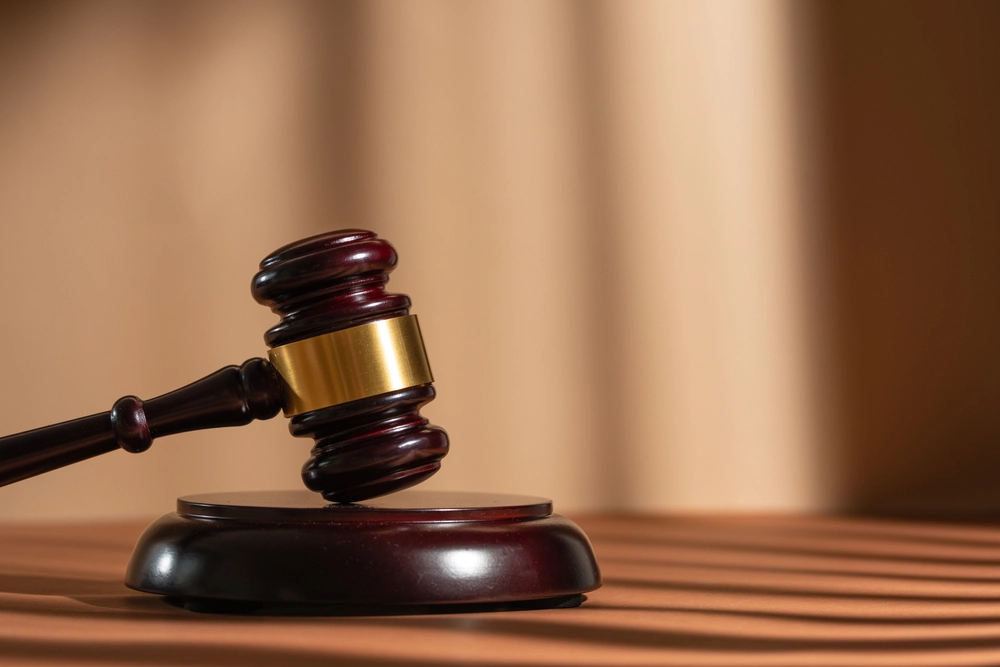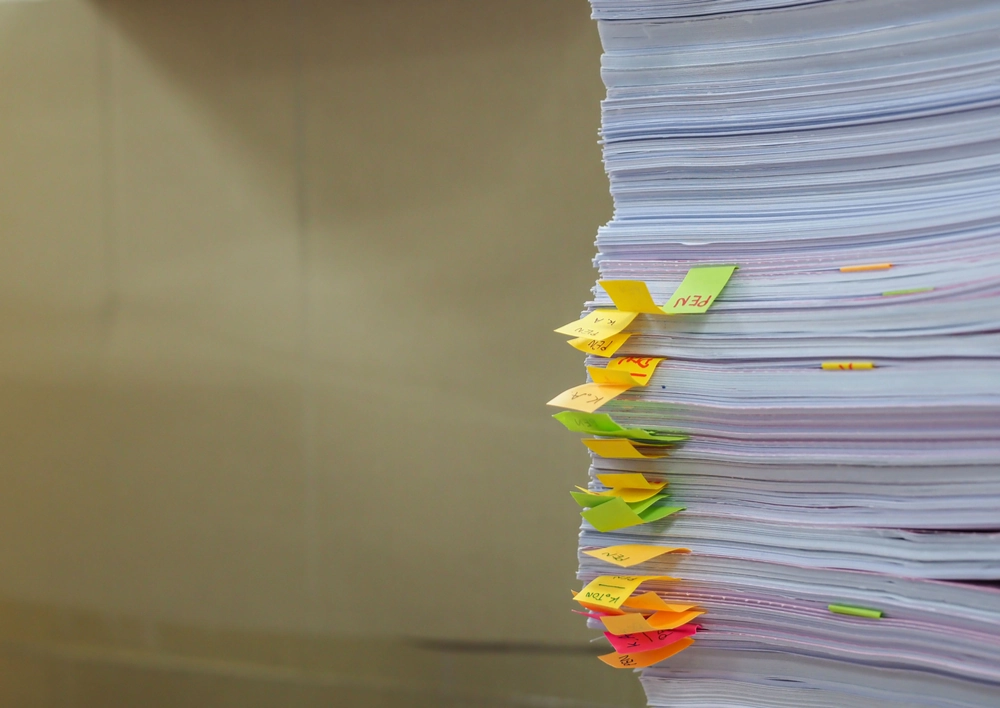Alternative Dispute Resolution
- In our previous article (here) we discussed the topic of Alternative Dispute Resolution and how engaging in some form of ADR at the earliest opportunity is a must as; (1) it can often by very successful and allow the parties to focus on the more important ongoing commercial actives, (2) it may help narrow the issues of the dispute and (3) it is costs protective.
- Another way to increase cost protection, is to effectively utilise settlement offers. In particular, Part 36 Offers, if used correctly, provide significant cost protection and incentivise early settlement.
- Not currently utilised by many, is the preparation of a costs-only letter. Often parties include very generic reference to costs such as: “we reserve the right to bring this to the Court’s attention on the question of costs” but it is very rarely relied upon and is quite often overlooked.
However, a standalone letter which deals specifically and solely with the position as to costs and offering an alternative way out of the litigation, which formally requests a response and noting that if this alternative is not agreed, then the Court will be asked a costs order (irrespective of the decision of the underlying claim), is a tool that we strongly advocate.
Not only will this set out how reasonable a party has been in the litigation process, it may also strength your position as to costs.
















